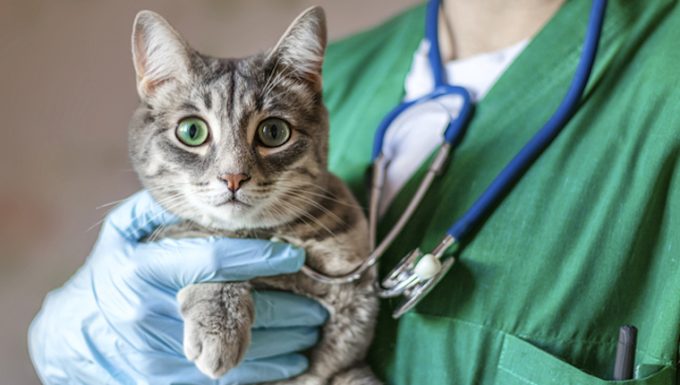Idiopathic epilepsy in cats is a brain disorder. The condition can cause repeated seizures and sometimes a loss of consciousness.
Technically, the condition happens for unknown reasons. This is called being idiopathic. Although some vets suspect that the condition might be caused by genetics. You can also read about the causes of standard epileptic seizures in cats in our post…









